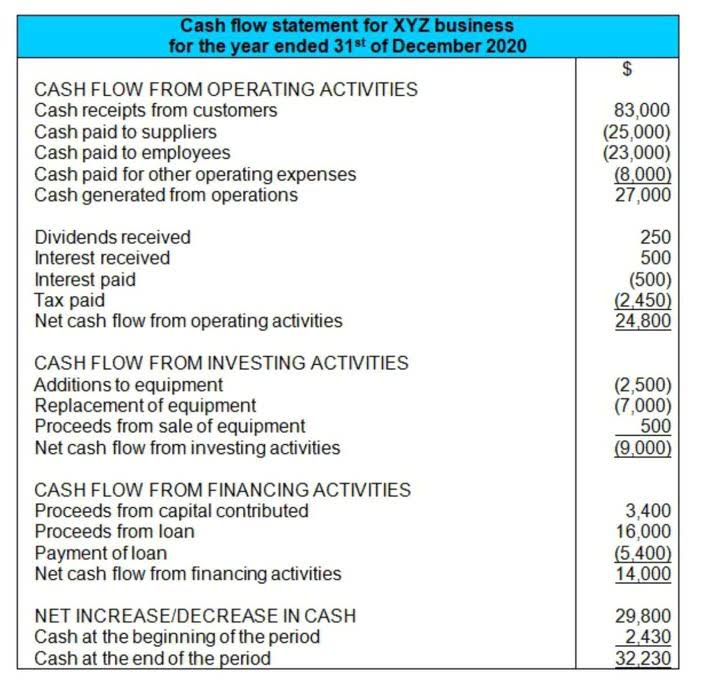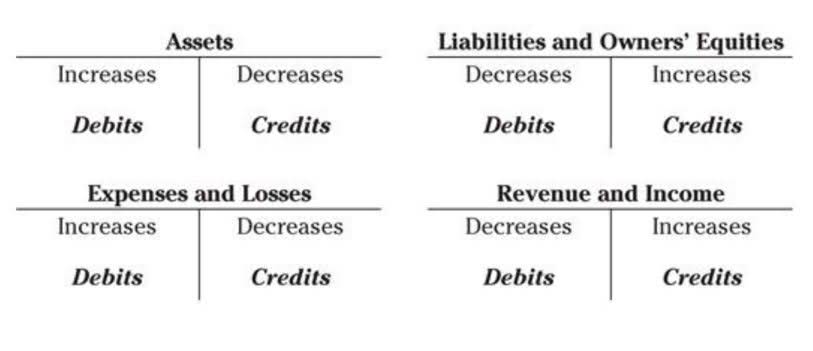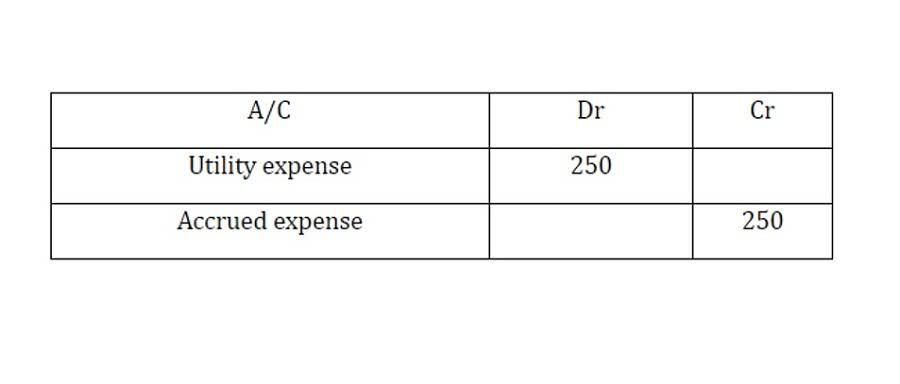
The International Financial Reporting Standards (IFRS), which is used in most countries, forbids the use of the LIFO method. Identify which company uses LIFO method and calculate inventory turnover ratio for the companies for financial year 2014. The use of the term “reserve” in the LIFO reserve concept is discouraged, since it implies the recordation of a contra asset against the inventory line item in the balance sheet. Instead, a business could avoid the term by disclosing the “excess of FIFO over LIFO cost” on its balance sheet.
Last In, First Out (LIFO): The Inventory Cost Method Explained
This reduces the cost of goods sold, thereby increasing profits in the short term. However, these additional profits may not be sustainable over the long run. For example, if a company reports $1 million in inventory using LIFO but would have reported $1.2 million using FIFO, the lifo reserve would be $200,000. This $200,000 bridges the gap between the two valuation methods on the balance sheet.
Understanding LIFO Liquidation and Its Consequences

The reserve provides transparency for shareholders into the true valuation of inventory. LIFO liquidation occurs when a company sells more inventory than it purchases in a given year. This results in the company tapping into inventory layers purchased in prior years, which can increase taxable income and cost of goods sold.

LIFO Reserve Meaning and How to Calculate It
From this example, we can see a big difference between the two types of inventory methods. Both methods have different impacts on the financial performance reporting and financial ratios of companies. Therefore, the stockholders must be able to find a uniform space to analyze any company’s health irrespective of cost method. The disclosure of the LIFO reserve allows readers to better compare the financial statements of a company using LIFO with the financial statements of a company using FIFO. The credit balance in the LIFO reserve reports the difference since the time that LIFO was adopted. The change in the balance during the current year represents the current year’s impact on the cost of goods sold.
Lifo Reserve:Definition, Example & Key Insights
- The time that LIFO starts and the time that FIFO starts is of great significance if you want the result of your LIFO reserve to be accurate.
- In addition, there is the risk that the earnings of a company that is being liquidated can be artificially inflated by the use of LIFO accounting in previous years.
- The use of the term “reserve” in the LIFO reserve concept is discouraged, since it implies the recordation of a contra asset against the inventory line item in the balance sheet.
- This $5 difference is recorded in a contra inventory account that reduces the recorded cost of the inventory.
The balance sheet, income statement, cash flow statement, and other key financial ratios reflect the choice and impact stakeholders’ decisions. If the LIFO reserve account balance goes up or down, additional costs are then added on to the costs of the goods the company has sold throughout the year. LIFO reserve is an accounting term that measures the difference between the first in, first out (FIFO) and last in, first out (LIFO) cost of inventory for bookkeeping purposes. The LIFO reserve is an account used to bridge the gap between FIFO and LIFO costs when a company uses the FIFO method to track its inventory but reports under the LIFO method in the preparation of its financial statements. As seen above, the amounts in green indicate the current year cost balances & corresponding inflation indexes that will create LIFO expense or a LIFO reserve increase for the 2020 year end. This report further illustrates the fact that the LIFO reserve will increase even if the current vs. prior period current year cost balance stays the same of decreases.

Both the LIFO and FIFO methods fall in line with the Generally Accepted Accounting Principles (GAAP) established by the Financial Accounting Standards Board (FASB) in the US. Most companies utilize both methods when preparing financial information. The goal is to make the presentation https://www.bookstime.com/ of inventory value as attractive as possible. For internal reports, which are viewed by shareholders that benefit from company profit, the FIFO method is typically used because it presents the actual or reasonably expected profit the company stands to generate.
- For example, a company with an ending FIFO balance of $5 million & LIFO balance of $4 million will have a $1 million LIFO reserve.
- Most companies use the LIFO method for external reporting due to the tax savings and the non-LIFO method for internal reporting.
- Both methods have different impacts on the financial performance reporting and financial ratios of companies.
- The LIFO reserve balance should also be explained in footnotes with details on its calculation and changes from year to year.
- LIFO is banned under the International Financial Reporting Standards that are used by most of the world because it minimizes taxable income.
Identifying the Necessary Inventory Data
Besides, financial ratios are very crucial when comparing the performance of different companies working in the same industry. The most recent inventory stock is used in the LIFO method first, and the older stock is used later. We endeavor to ensure that the information on this site is current and accurate but you should confirm any information with the product or service provider and read the information they can provide. Accounting professionals have discouraged the use of the word “reserve,” encouraging accountants to use other terms like “revaluation to LIFO,” “excess of FIFO over LIFO cost,” or “LIFO allowance.” Often earnings need to be adjusted for changes in the LIFO reserve, as in adjusted EBITDA and some types of adjusted earnings per share (EPS). We strive to empower readers with the most factual and reliable climate finance information possible to help them make informed decisions.
- As seen above, the amounts in green indicate the current year cost balances & corresponding inflation indexes that will create LIFO expense or a LIFO reserve increase for the 2020 year end.
- Thus, it plays a critical part in the fair presentation of inventory value within the financial statements and clearly discloses the impact of an organizations strategic valuation methodology.
- Since the LIFO reserve increases the stated value of inventory, it lowers a company’s profit margin and affects metrics like return on assets.
- LIFO, or Last-In, First-Out, is one of the methods used for valuing inventory.
- We endeavor to ensure that the information on this site is current and accurate but you should confirm any information with the product or service provider and read the information they can provide.
- During periods of rising costs, LIFO shows lower net income compared to FIFO.